Level of Need
The Office for Health Improvement & Disparities collects data from NHS Cancer Screening Programme on the proportion of eligible people who have been screened in the last 36 months (coverage) and the proportion of those invited who screened within 6 months of their invitation (uptake).
The data below refers to the coverage rather than uptake as this provides a more constant picture of how many eligible people participate in the screening programme compared to the 6 months uptake data which fluctuates as screening is only available every 3 years. The national screening coverage target is 70% of the eligible population [19].
In England breast screening coverage is at 69.9% for 2023/24. In North Tyneside coverage is above the national average at 71.4%. However, breast screening uptake and therefore coverage is not equal across the borough. There is geographical variation across communities, between 67-77.2% 9. Because the coverage is higher in more affluent areas of the borough it is likely to assume that breast cancer diagnosis rates will also be higher in these areas.
Table 1: 2023/24 Breast Screening Coverage9 .
| England | North Tyneside | North Shields | North- West | Wallsend | Whitley Bay | |
|
2023/ 2024 |
69.9 | 71.4 | 67 | 71.6 | 68.9 | 77.2 |
|
Highest and Lowest coverage for each PCN/ across the Borough (%) |
61-80.3 | 61-69.4 | 67.2-77.7 | 67.4-71.2 | 67.8-80.3 |
Participation in breast cancer screening is significantly lower amongst people with a learning disability compared to the rest of eligible population.
Breast screening coverage in North Tyneside for those with a learning disability is lower, with 57.7% of 53-70-year-olds screened in the last 3 years [20]
No other data is currently recorded around disability and either breast cancer mortality or screening uptake.
[19] Breast screening programme. [accessed 2/6/2025]
[20]RAIDR (2025), Available on request from NENC ICB
